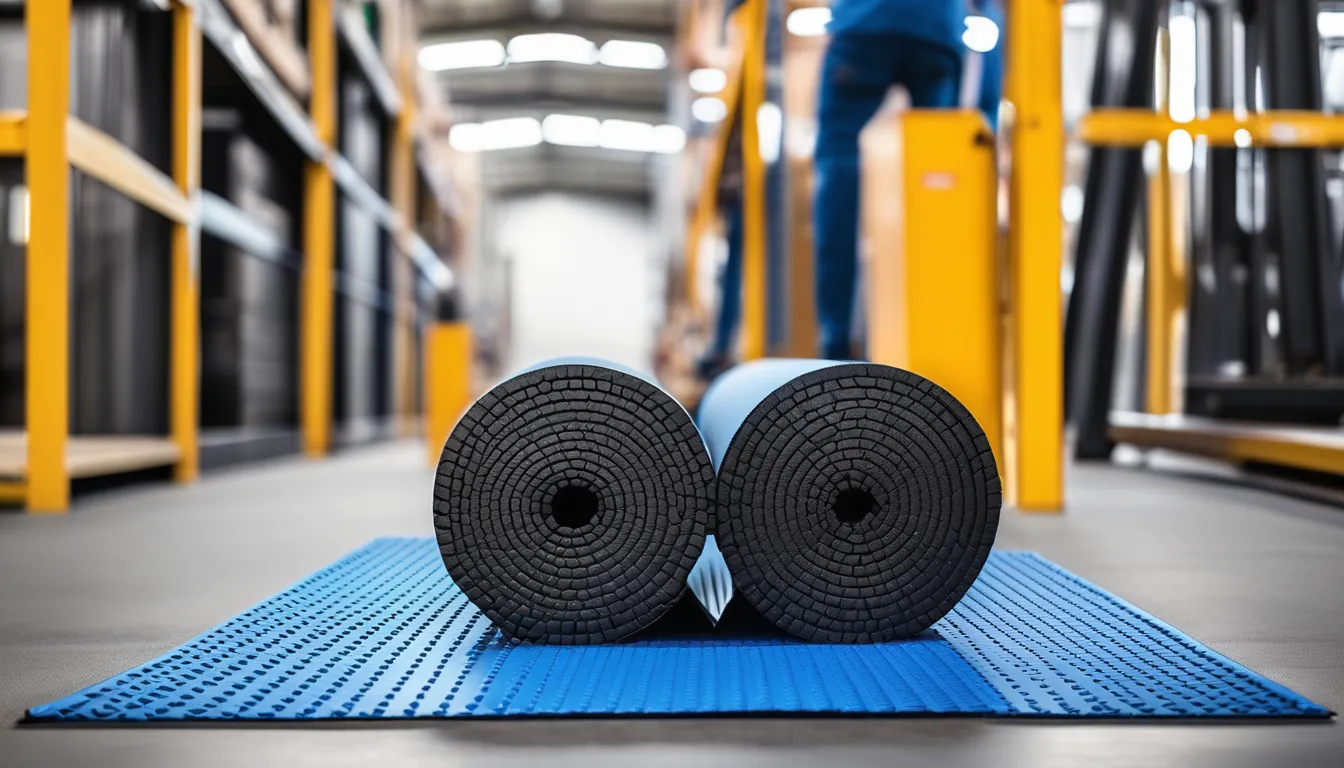When you engage in aerial arts, the right equipment can make all the difference, and aerial mats are no exception. You’ll find that their design prioritizes safety and comfort, allowing you to focus on your performance without distraction. With features like optimal thickness and non-slip surfaces, these mats cater to both novice and experienced aerialists alike. But how do you select the perfect mat that meets your specific needs? The answer might surprise you, and it opens up a broader conversation about safety and technique in aerial arts.
Importance of Aerial Mats
When it comes to aerial performances, the importance of aerial mats can’t be overstated. These mats provide a vital layer of safety for you and your fellow performers, cushioning falls and reducing the risk of injury.
Whether you’re practicing spins, drops, or complex poses, having a reliable mat beneath you allows for a greater sense of security. Aerial arts demand a lot from your body, and accidents can happen even to the most skilled artists.
The right mat absorbs impact, enabling you to focus on perfecting your craft rather than worrying about potential injuries. You’ll find that the confidence gained from knowing you’re landing on a well-designed mat can enhance your performance and encourage you to push your limits.
Additionally, aerial mats can facilitate a more comfortable practice environment. They can help reduce fatigue during long training sessions, allowing you to train longer and more effectively.
Key Features of Aerial Mats
What should you look for in a quality aerial mat? First and foremost, you need a mat that offers the right balance of cushioning and support. This ensures you’re comfortable during your performances while minimizing the risk of injury. Here are some key features to consider:
| Feature | Description |
|---|---|
| Thickness | A mat should generally be 2-4 inches thick, providing adequate padding for falls. |
| Material | Look for high-quality foam that retains its shape over time, ensuring consistent support. |
| Non-Slip Surface | A textured surface prevents slipping, giving you confidence as you perform. |
| Portability | Consider mats that are lightweight and easy to transport for practice sessions. |
Enhancing Safety in Aerial Arts
Safety is paramount in aerial arts, and choosing the right aerial mat is just the beginning.
You should also consider several key practices to enhance safety during your performances. By implementing these strategies, you’ll create a safer environment for yourself and your fellow performers.
- Warm-Up Properly: Always warm up your body before taking on aerial techniques. This helps prevent injuries and prepares your muscles for the performance.
- Use Spotters: Having trained spotters can greatly increase safety. They can assist you in learning new tricks and provide support if you’re struggling.
- Practice with Supervision: When working on new moves, practice under the guidance of an experienced instructor. Their expertise can help you avoid common pitfalls and mistakes.
- Regular Equipment Checks: Make it a habit to inspect your aerial equipment regularly. Ensure everything, from rigging to mats, is in top condition to prevent accidents.
Choosing the Right Aerial Mat
Selecting the right aerial mat is crucial for your performance, as it directly impacts your safety and comfort. When choosing a mat, consider the thickness and density. A thicker mat absorbs more impact, which can reduce the risk of injury during falls. Generally, mats that are 4 to 8 inches thick are ideal for aerial work.
Next, think about the size. Ensure the mat covers the entire area where you’ll be performing. This prevents the risk of landing outside the safety zone. Look for mats with a non-slip surface; this will help you maintain grip during your routines.
Weight is another factor to consider. If you plan to transport your mat frequently, opt for a lightweight option that’s still durable.
Additionally, check if the mat is easy to clean, as hygiene is essential in maintaining a safe training environment.
Maintenance and Care Tips
Proper maintenance and care of your aerial mat can significantly extend its lifespan and ensure optimal performance. By following a few simple tips, you’ll keep your mat in top shape and ready for use whenever you need it.
First, always clean your aerial mat after each session. Use a damp cloth and a mild detergent to wipe away any sweat, dirt, or residues. This helps prevent deterioration over time.
Next, store your mat properly. Avoid folding it sharply, as this can cause damage. Instead, roll it up loosely and keep it in a cool, dry place away from direct sunlight.
Additionally, inspect your tumbling mat regularly for any signs of wear or tear. Catching issues early can save you from larger problems down the line.
Lastly, avoid using your mat on rough surfaces. This can lead to unnecessary abrasions and shorten its lifespan.
Conclusion
In conclusion, investing in a quality aerial mat is crucial for ensuring your safety and comfort during performances and training. With their optimal thickness and non-slip surfaces, these mats allow you to focus on honing your skills without worrying about potential injuries. By choosing the right mat and taking care of it, you create a supportive environment that boosts your confidence and performance in aerial arts. So, gear up and elevate your practice with the right aerial mat!



